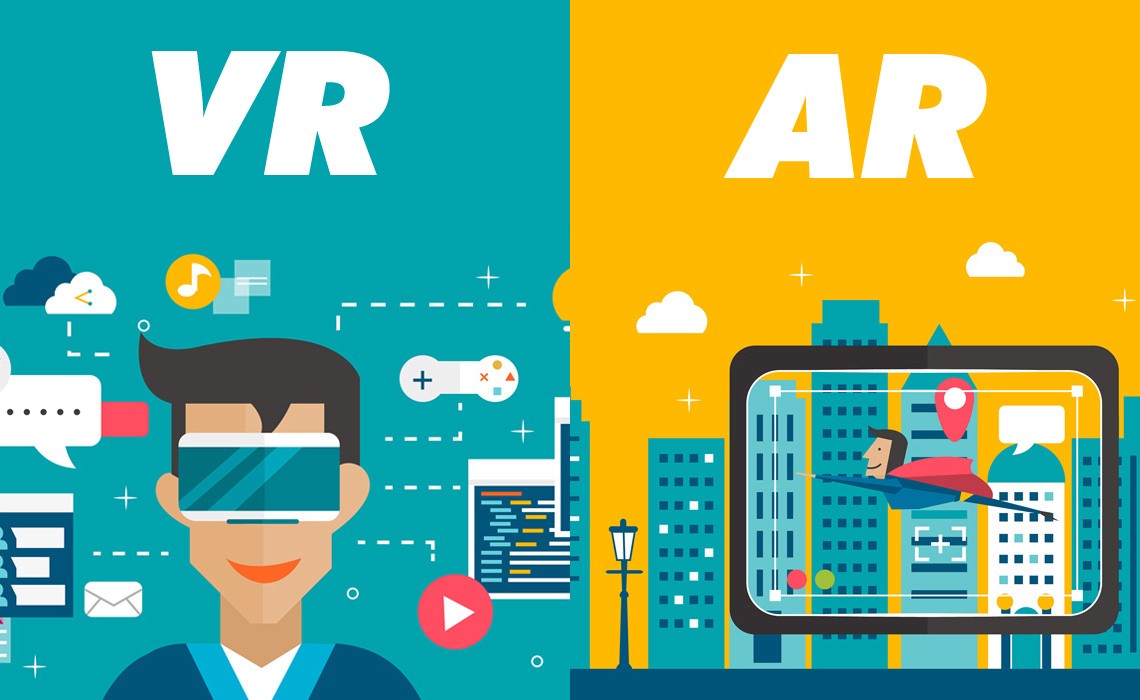In my professional context, Augmented Reality can play a significant job in subjects like geometry, math, and even in Environmental Science. In such subjects’ students construct 3D design. AR permit students and teachers to share a virtual space, to construct 3D designs. Students can easily learn with the help of doing and seeing some experience. As per the cone of experience theory, students just recall 10% of what they read, however, recollect 90% of what they state as they play out an activity by observing and doing a reenactment experience (Chih, 2007). Students have a feeling of investigation or exploration and can get keen on becoming familiar with a topic. Augmented reality inspires students to a more profound level with the ideas, and thoughts being studied by using information overlays. This inspiration can cause further and enduring associations between the students and information. As a teacher, I have used google expenditures app which helps my students to explore areas and collect information from their desks. Through google expenditure app it’s possible for me as a teacher, to take my students on a virtual tour of museums, solar systems, galaxies, and even they experienced the life cycle of a butterfly to caterpillar from app. Even in my own personal experience augmented reality I use in my daily life too through the lenses of Snapchat application.
Constructivism is portrayed by an approach where people build their own comprehension and Information, knowledge of the world, through standing up to new practices and reflecting on those experiences (Huitt 2003; Mahoney 2004). As one of the benefits of VR is that students can see an item or set from different points of view (Dede 1995). Dede (1995) points out that virtual environments offer many benefits including opportunities for experimentation without real-world repercussions, opportunities to “learn by doing”, or “experiential learning” and the ability to personalize an environment.
I think only one challenge using such tools is the cost. Such apps are not free of cost. It can be cheap, with time as technology is growing and it plays an important part in education. We can hope that in the near future it is easily available to every student.
Chih Hung, C., Jie Chi, Y., Shen, S., & Ming Chang, J. (2007). A Desktop Virtual Reality Earth Motion System in Astronomy Education. Journal Of Educational Technology & Society, 10(3), 289-304.
Dede, C. (1995). the evolution of Community Support for Constructionist Learning: immersion in distributed virtual worlds. Educational Technology 35(5): (46-52).
Huitt, W. (2003). Constructivism. Educational Psychology Interactive. Valdosta, GA: Valdosta State University.
Mahoney, J. (2004). What is constructivism and why is it growing? Contemporary Psychology 49: (360- 363)


Hello Pushpinder!
I agree with you that experiential learning plays a vital role in a student’s understanding of the different concepts. Also, knowledge retention is far greater. AR and VR have made it possible to provide the experiences to students that are otherwise not feasible in the real world. These technologies have not only changed the teacher’s teaching approach but it has also improved students’ comprehension and learning. And Yes! as it is rightly said that everything comes with a price. The same goes for these hi-tech technologies. Nevertheless, various educational institutions and teachers are still putting in efforts to provide students a novel learning experience. We can certainly hope that soon these technologies become accessible to all the students worldwide.
Thanks & Regards,
Sarabjit